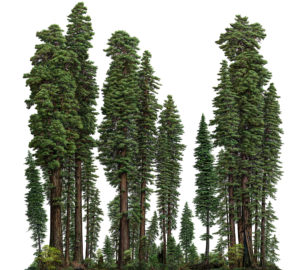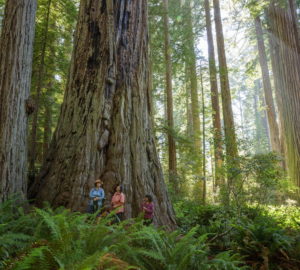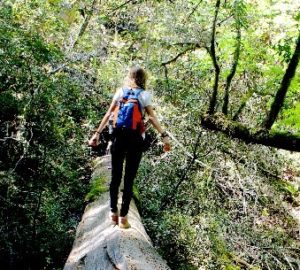Ample rainfall for millennia has helped redwood trees and the other plants growing in the forest reach remarkable age and stature, resulting in more than twice as much carbon in this forest than is found in other forests around the world. Not only does the coast redwood forest store a remarkable amount of carbon, but the carbon stays bound in the persistent heartwood of living redwoods and fallen logs which resist decay for hundreds, if not thousands, of years.
Dr. Van Pelt and his colleagues describe how this incredible carbon retention is made possible by extremely large redwoods that boost forest productivity. Episodic fire and windstorms knock over redwood trees over time and the remaining ancient trees continually grow and reach impressive heights. These largest redwoods produce the most wood and at the same time leave space around them for other species to thrive in the forest.
Learn more about our Redwoods and Climate Change Initiative and watch Dr. Van Pelt’s presentation from our RCCI Symposium.





One Response to “Ancient Coast Redwood Forest Breaks Records”
Dave Tipton
Great story- made me get off my butt and want to join the cause